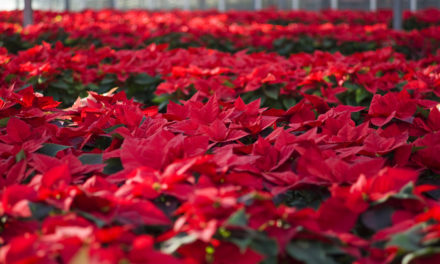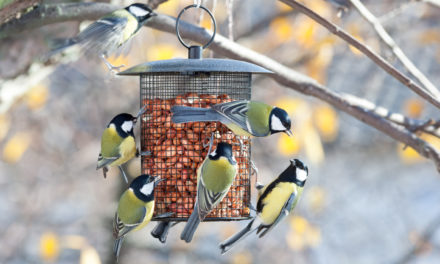Finally! After years of hoping to encounter this creature, I spotted them on two tomato hornworms at the new homestead. The thrill of gardening continues to fill me with wonder at the complexities of nature. The white dots on this tomato hornworm are the larvae of the braconid wasp, Cotesia congregatus. The openings at the end of the cocoons indicate that the larvae of the braconid wasp have hatched and flown off to find more tomato hornworms to eat.
One thing I love about gardening is discoveries. I have gardened for over 40 years and just this year learned that the parasitic braconid wasps keep hornworms in check. The braconid wasp loves parley. Who knew? I had planted parley as a host plant for the black swallowtail butterfly and in the next pot grew an heirloom tomato. I had unwittingly positioned the two plants close enough for the braconid wasp to find the tomato hornworm.
 The white egg-like projectiles are the end of the saga that starts when the female braconid wasp burrows her eggs into the tomato hornworm. The eggs hatch and the wasp larvae gorge on the blood/hemolymph. They do not eat the vital organs of the caterpillar as it needs to keep the host alive. The caterpillar will continue to feed and grow, but it is doomed. Before the hornworm caterpillar is ready to pupate, the braconid wasp larvae will eat a hole in the caterpillar’s skin using a set of razor-sharp teeth designed just for that purpose. Once on the surface, it immediately starts spinning its cocoon. The hornworm caterpillar will only live a few more days, and this is the end of that tomato plant-eating pest!
The white egg-like projectiles are the end of the saga that starts when the female braconid wasp burrows her eggs into the tomato hornworm. The eggs hatch and the wasp larvae gorge on the blood/hemolymph. They do not eat the vital organs of the caterpillar as it needs to keep the host alive. The caterpillar will continue to feed and grow, but it is doomed. Before the hornworm caterpillar is ready to pupate, the braconid wasp larvae will eat a hole in the caterpillar’s skin using a set of razor-sharp teeth designed just for that purpose. Once on the surface, it immediately starts spinning its cocoon. The hornworm caterpillar will only live a few more days, and this is the end of that tomato plant-eating pest!
You can attract a healthy population of braconid varieties to your yard and garden by planting parsley, dill, yarrow, and mustard. They can provide you with a great deal of assistance by feeding off of many different kinds of pests in high numbers. What the sighting of the white cocoons signifies is that our new homestead is ecologically balanced, due in part to my non-use of pesticides. Please consider planting extra dill and parley as host plants during the spring.
Happy Gardening! Be Blessed! Ann May






